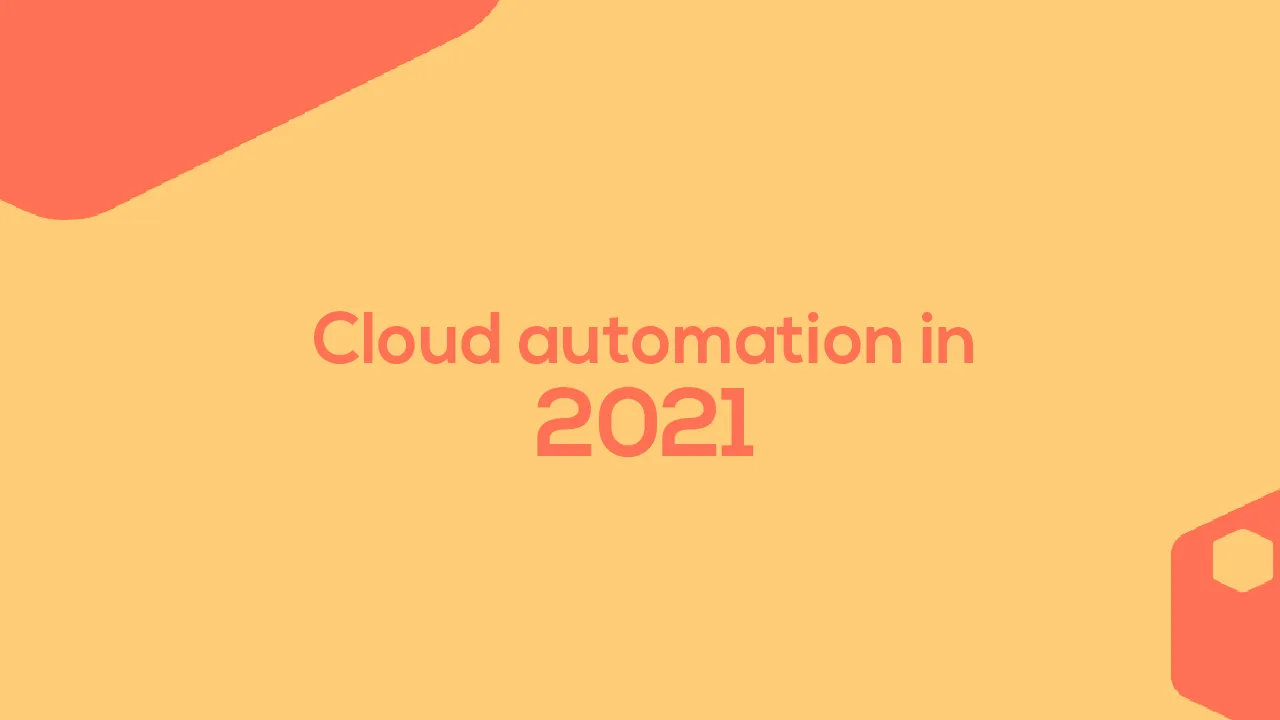Scaling, provisioning, and configuring cloud resources manually often results in errors that can affect your availability or performance. Solution? Cloud automation.
Keep on reading to discover the most impactful use cases of cloud automation across the tech industry.
I prepared this guide to help you get started:
What is cloud automation?
Cloud service providers have definitely made accessing resources on demand easier, but not managing them. Just imagine that you have to configure virtual machines, create VM clusters, set up virtual networks, and manage both the availability and performance.
Automation takes all these tasks off your plate.
Cloud automation is a set of processes and tools that reduce the manual effort and time your team spends on provisioning and managing cloud workloads and services. And you can apply cloud automation to private, public, and hybrid environments.
The main value of automating your cloud setup is eliminating repetitive and manual processes of deploying and managing cloud workloads. They’re inefficient and error-prone, leading to troubleshooting that, in turn, affects your workload’s availability.
Moreover, manual cloud deployment might result in security vulnerabilities that can put your company at risk. Automation also helps to reduce the variability and complexity of your infrastructure and tech stack.
The truth is that if you want DevOps to work, you need Infrastructure as Code (IaC), tight feedback loops, and continuous delivery. And they all rely on automation.
How do teams achieve automation? By using orchestration and automation tools that run on top of the virtualized environment.
What are the benefits of cloud automation?
Reducing IT infra expenses
By reducing the amount of manual effort in managing cloud-based operations, you’re going to accelerate your processes — or even carry them out without lifting a finger.
Fewer manual processes mean fewer errors and less time wasted on diagnosing and debugging (and more time developing new things and innovating).
Enabling continuous deployment
The idea behind continuous deployment is automating the application deployment pipeline to enable more frequent updates. Teams striving to build a smooth continuous deployment process and working in line with DevOps best practices can reap a lot of benefits from automation tools that automate deployments to cloud-based environments.
Making the most of the cloud
Cloud automation tools are here to help teams use cloud infrastructure to the fullest. It can cover and impact many areas like:
- automated storage and backups,
- security and compliance management,
- applying changes to configurations and settings,
- deploying code.
Improving security and resilience
Automating sensitive tasks is a smart move. That way, you will no longer need several people to log into mission-critical systems. This dramatically reduces the risk of human-made error and account compromise.
Building security best practices into automated workflows is a path to enforcing security principles in every single deployment.
Enhancing backup processes
System backups are a must-have if you’re looking to protect your systems from risks ranging from equipment failure to cyber attacks. To improve your resilience, automate backups on the cloud or back up your on-premises systems automatically to a cloud-based environment.
#kubernetes #aws #devops #azure
